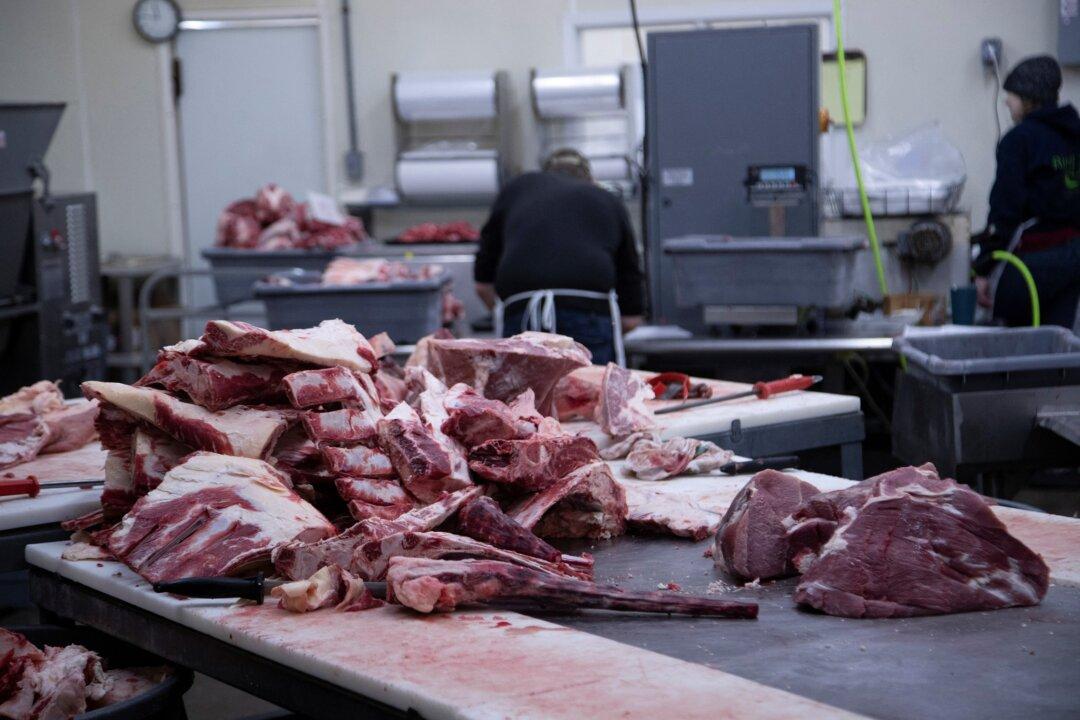BEIJING—Railway travel in China hit an eight-year trough and a pandemic low in the usually busy summer season, according to official data, as fresh virus flare-ups curbed mobility and hit tourist confidence.
Some 440 million passenger trips were taken on China’s railway network between July 1 and Aug. 31, its lowest since 2014, data from China Railway showed.
It was down 4.8 percent from the 462 million trips seen during the same period in 2021 and 3.5 percent lower than the 456 million trips seen in 2020, at the height of the COVID-19 pandemic.
The summer is one of China’s busiest transport season, as families and college students travel to scenic spots and return home from schools. But COVID restrictions imposed in multiple cities over the past months, due to a virus resurgence, have disrupted travel plans.
The resort city of Sanya, in southern China, imposed a lockdown in early August and restricted transport links to try to stem a COVID-19 outbreak that came as some 80,000 visitors were enjoying its beaches at peak season.
According to Capital Economics, 41 cities, accounting for 32 percent of China’s GDP, were in the midst of outbreaks as of Wednesday, the highest since April when extensive lockdowns hurt the economy badly.
Major southern cities Guangzhou and Shenzhen tightened COVID curbs on Wednesday. The two cities, together, have an economic output totalling 5.89 trillion yuan ($853.31 billion), about half of South Korea’s gross domestic product.
China braked sharply in the second quarter due to widespread COVID-19 lockdowns. Growing evidence suggests the recovery in the third quarter is in danger of stalling due to fresh COVID flare-ups and a protracted weak outlook for the property sector.





